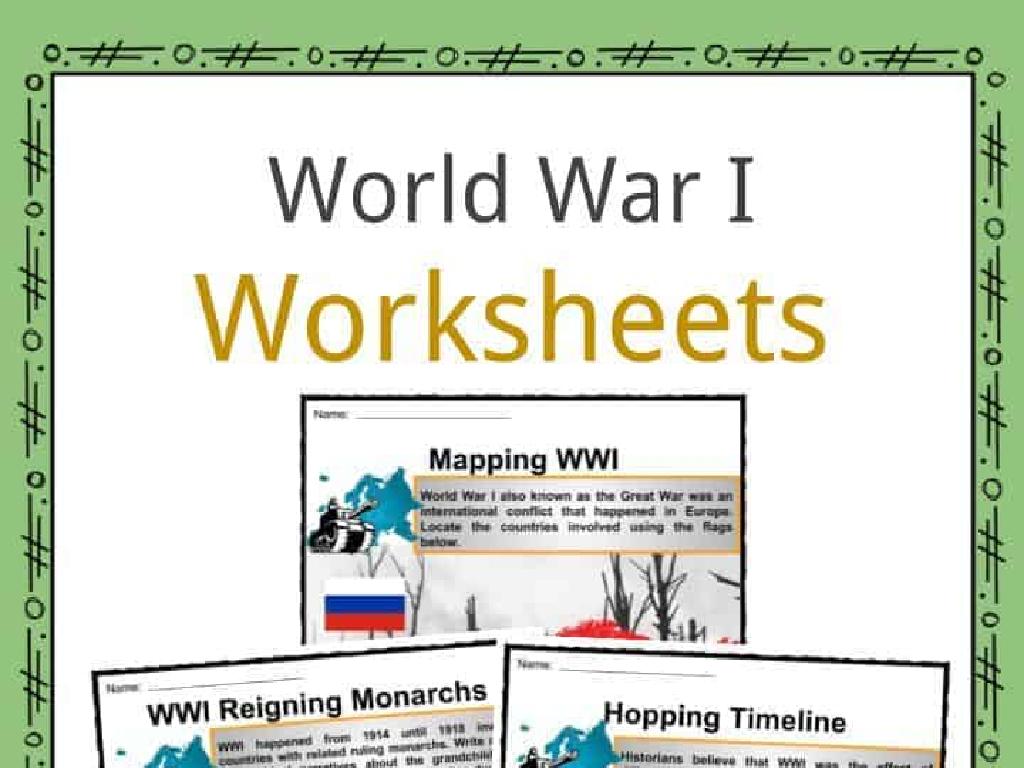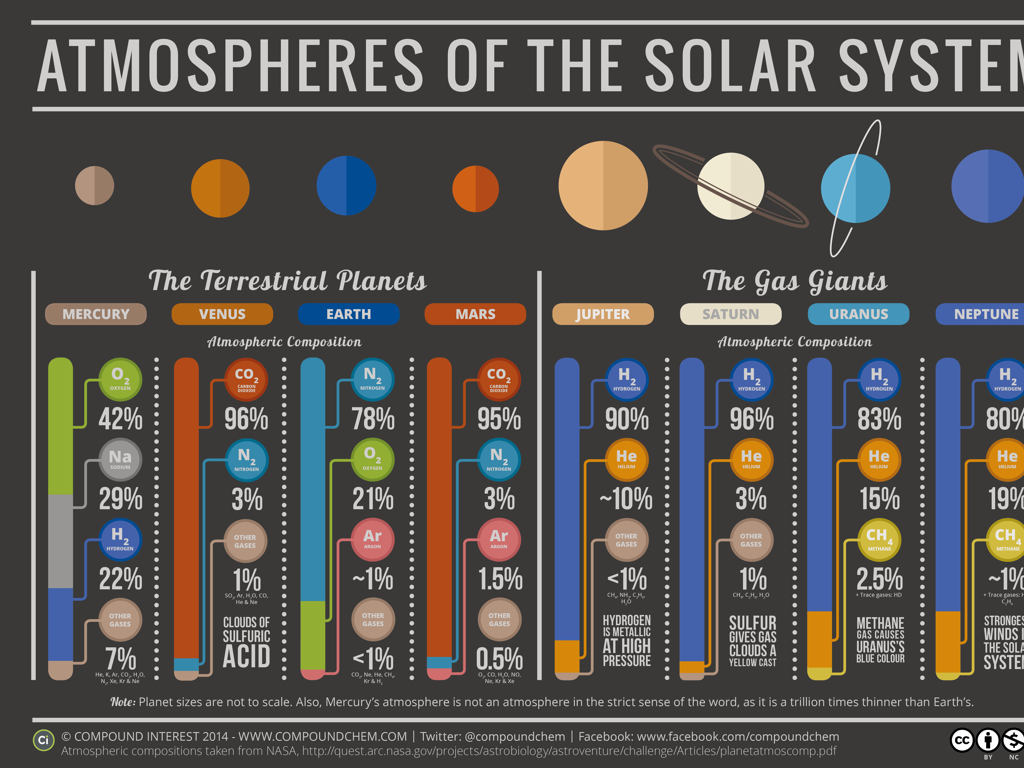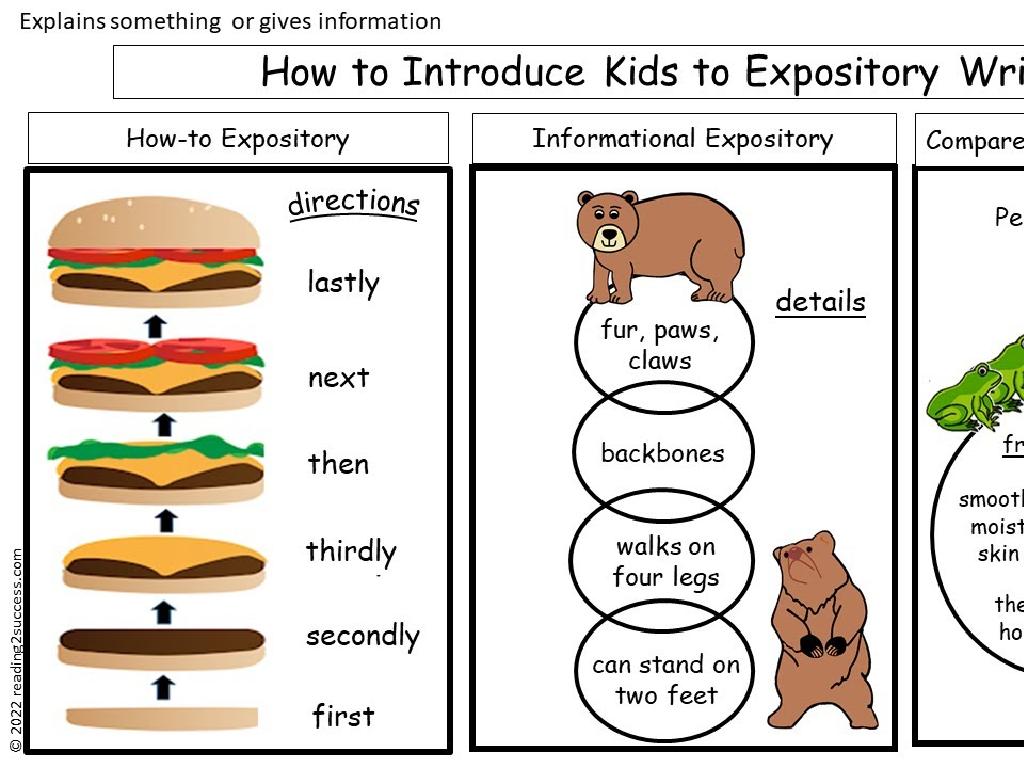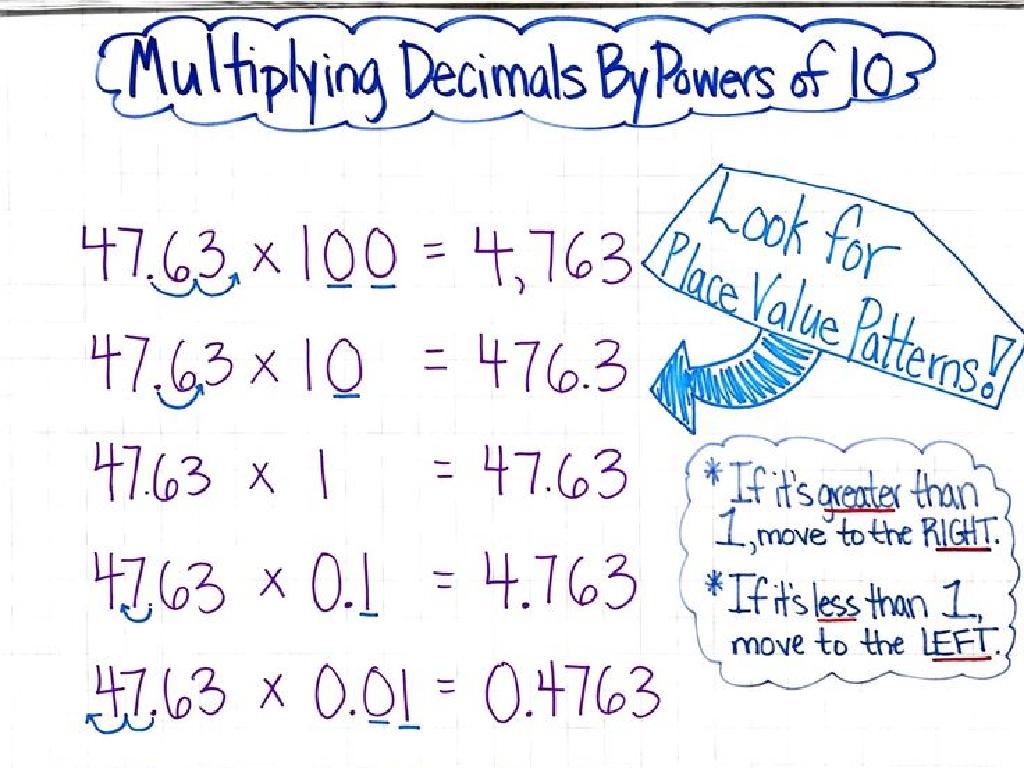Identify States Of The West
Subject: Social studies
Grade: Third grade
Topic: States
Please LOG IN to download the presentation. Access is available to registered users only.
View More Content
Welcome to the West!
– Exploring Western USA states
– Location & features of the West
– Mountains, coastlines, and deserts define the West
– Significance of state knowledge
– Knowing states helps us appreciate diversity and geography
– Fun facts about Western states
– Did you know California is known as the Golden State?
|
This slide introduces students to the Western region of the United States, aiming to spark interest in the diverse geography and characteristics of the states in this area. Emphasize the importance of understanding the location of these states and their unique features, such as the presence of major mountain ranges, the Pacific coastline, and vast desert landscapes. Discuss why it’s valuable to learn about different states, including cultural appreciation, geographical knowledge, and the role each state plays in the nation’s economy and identity. Incorporate fun facts to make the learning process engaging, like mentioning state nicknames or key landmarks. Encourage students to think about what makes their state special and how it contributes to the country’s diversity.
Exploring Western States
– What defines a state?
– A state is an area with its own government and laws
– States have unique features
– Each state has its own flag, bird, and important history
– Western states’ landscapes
– Mountains, deserts, and coastlines shape the West
– Western states’ cultures
– Traditions, food, and music vary across western states
|
This slide introduces students to the concept of a state and what characteristics make each state unique, with a focus on the states of the Western United States. Begin by defining a state and discussing the idea of government, laws, and symbols like the state flag and bird. Emphasize the diverse histories of each state. Then, explore the distinctive landscapes of the West, such as the Rocky Mountains, the Mojave Desert, and the Pacific coastline. Highlight the rich cultural aspects of western states, including the various traditions, cuisines, and musical styles that contribute to the United States’ tapestry. Encourage students to think about what makes their own state special and to consider how the geography and culture of a place can influence the people who live there.
Exploring the Western States
– Locate Western states on a map
– Use a map to find states like California, Nevada, and more
– Learn names of Western states
– There are 11 states in the West, including Alaska and Hawaii
– Discover fun state facts
– Each state has unique symbols like a state bird or flower
– Engage with a map activity
|
This slide is aimed at helping third-grade students identify and learn about the Western states of the United States. Start by showing them a map and pointing out each state in the West. Teach them the names of all 11 Western states and encourage them to repeat after you. Share interesting facts about each state to make the learning process fun, such as the state animal, historical landmarks, or popular foods. Conclude with a hands-on activity where students can label the Western states on a blank map. This interactive approach will help solidify their understanding of geography in the Western region.
Landmarks of the Western States
– Discover famous Western landmarks
– Examples: Grand Canyon, Golden Gate Bridge
– Landmarks symbolize the state
– They reflect the state’s history and culture
– Landmarks’ role in state identity
– Landmarks are like symbols that make a state unique
– Discuss landmarks’ significance
|
This slide aims to introduce students to the concept of landmarks and their significance in representing the identity of the Western states. Start by showing pictures of famous landmarks like the Grand Canyon in Arizona or the Golden Gate Bridge in California. Explain how these landmarks are not just tourist spots but symbols that reflect the state’s history, culture, and natural beauty. Discuss how landmarks contribute to a state’s identity and why they are important. Encourage students to think of landmarks they have visited or would like to visit in the West and what those landmarks might tell them about the state.
Natural Wonders of the Western States
– Explore Western natural beauty
– Mountains, deserts, coastlines define the West
– Rockies, Mojave Desert, Pacific Coast
– Nature’s role in Western life
– Nature affects jobs, recreation, and culture
– Discuss famous Western landmarks
– Grand Canyon, Yellowstone, and more
|
This slide aims to introduce students to the diverse landscapes of the Western United States and how these natural features define the region. Emphasize the variety of environments, from the towering Rocky Mountains to the expansive Mojave Desert and the scenic Pacific Coast. Discuss how these natural wonders influence the daily lives of people living in the West, including their jobs, hobbies, and cultural practices. Highlight famous landmarks such as the Grand Canyon and Yellowstone National Park to provide concrete examples. Encourage students to think about how nature impacts their own lives and to share any experiences they may have had visiting these natural wonders.
Let’s Locate the States!: Exploring the West
– Interactive map activity
– Find and mark Western states on a map
– Guess states using clues
– Clues like landmarks or state symbols will help
– Name capitals of Western states
– What’s the capital of California? How about Nevada?
– Share what you know about each state
– Tell us a fun fact about the state you found!
|
This slide introduces an interactive class activity aimed at helping students identify Western states and their capitals. The activity will involve using an interactive map where students can click on states to learn more about them. Before revealing each state, provide clues related to geography, landmarks, or state symbols to let students guess. After identifying the state, students will also name its capital city. Encourage them to share any additional knowledge or fun facts they know about each state. This activity will help reinforce their geographical knowledge and make learning about the Western states engaging and memorable. Prepare a list of clues for each state and have a map ready for the activity. Consider breaking the class into small groups to foster teamwork.
Class Activity: Create Your Own Western State!
– Imagine your own Western state
– Pick a location and name your state
– Design a unique state flag
– Think about colors and symbols that represent your state
– Get ready to present your state
– Describe your state’s landmarks, climate, and culture
|
This activity encourages creativity and understanding of state identity. Students will use their imagination to conceptualize a new state in the Western region of the United States. They should consider geographical location and what makes their state unique. When designing a flag, prompt them to think about symbols and colors that represent the state’s characteristics. As they prepare to present, guide them to think about their state’s potential landmarks, climate, and culture. This will help them connect with the material on a personal level and understand the diversity of state features. For the teacher: Have materials ready for drawing, and provide a map for location reference. Offer ideas for state features if students are stuck. Possible activities include drawing, writing a short description, or even creating a small model with craft materials.






